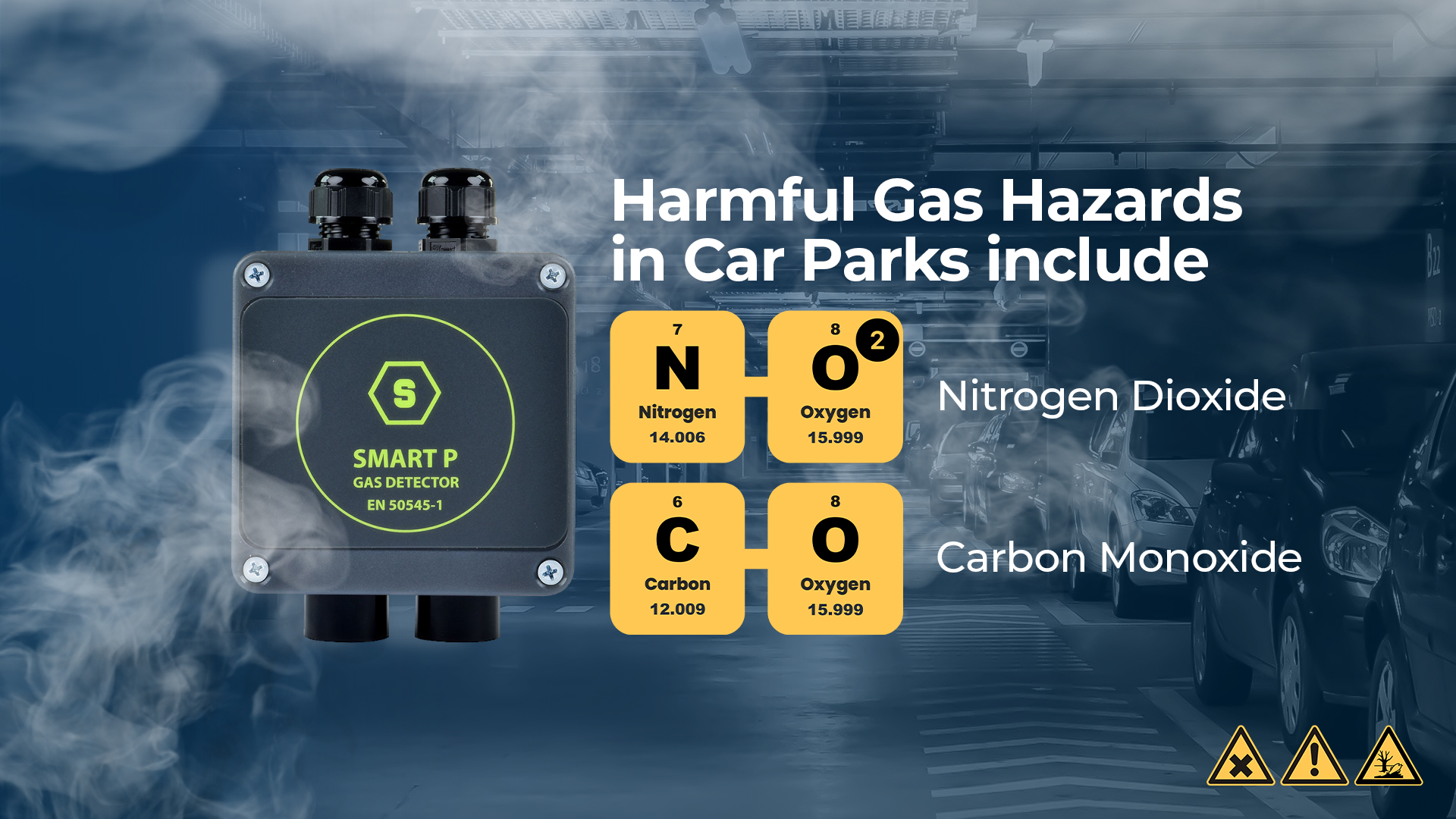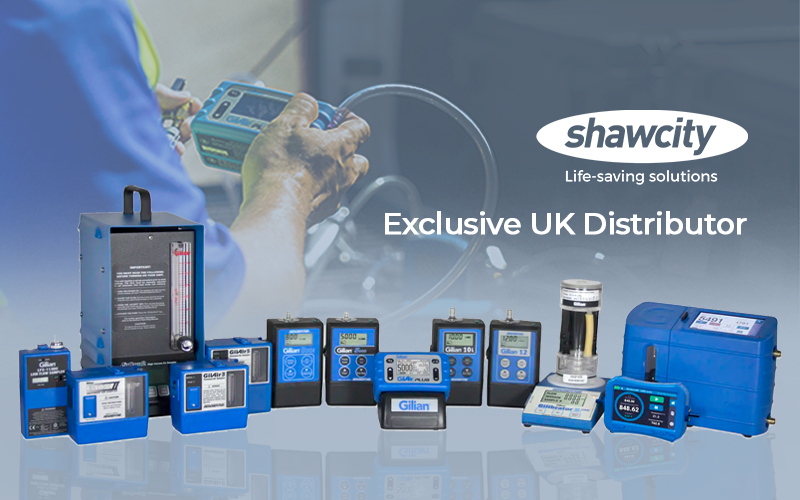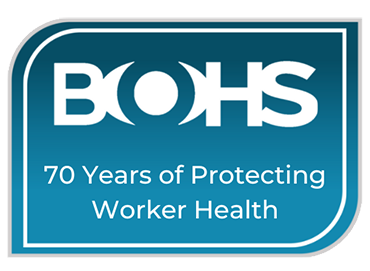There are a variety of harmful pollutants emitted by vehicles. Specifically, carbon monoxide (CO) and nitrogen dioxide (NO2) are toxic gases that damage the environment and human health. There is usually no natural ventilation in underground and multi-storey car parks, so these gases can concentrate in one area and have a potentially harmful impact on anyone within these locations. For this reason, the European Standard EN 50545-1 specifies a requirement for remote gas sensors (RGS) and control units (CU) to be deployed in car parks.
CO and NO2 are both found in car parks and their characteristics make them particularly dangerous. CO is colourless and odourless, making it hard to recognise without the correct monitoring equipment while NO2 is a gaseous air pollutant created during the burning of fossil fuels. Even at low exposure levels, CO and NO2 can pose significant health risks. CO poisoning can cause headaches, dizziness, sickness, nausea, fatigue, disorientation and confusion, chest and muscle pain, along with shortness of breath. Frequent overexposure to NO2 could cause cardiopulmonary effects, decreased lung function/growth, respiratory issues, and increased complications for allergic responses. At worst both gases could contribute to premature death.
Ventilation is the key to ensuring that gas levels are kept at acceptable levels and ensuring prevention of toxic fume build-up. Ventilation units can be linked with gas detectors allowing ventilation to be increased when gases reach pre-set levels, and then decreased when acceptable levels are restored. This not only improves the air quality of the site but helps reduce costly bills, by improving energy efficiency.
Learn more about Fixed gas detection and the specially designed Smart P series

-1.png)









